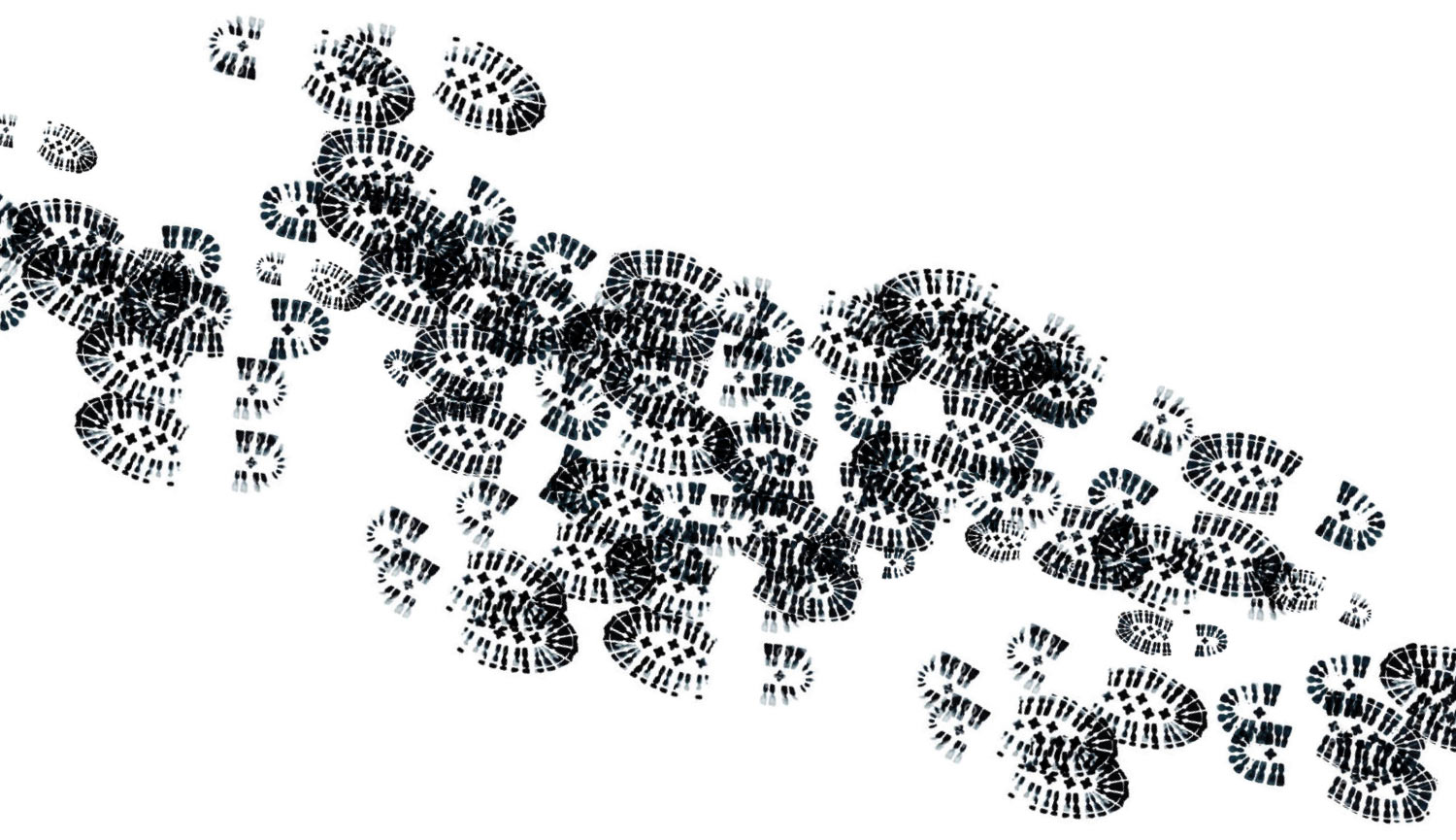

One example of these impacts is with camping. As a former thru-hiker, and now the Appalachian Trail Conservancy’s (ATC) southern regional Trail facility manager, I have seen the full spectrum of good to bad campsites along the A.T. and have seen firsthand that camping has the potential to do a lot of ecological damage to our public lands. As a person who loves to camp, and wants others to enjoy a great camp experience along the A.T. — it is important to me that everyone understands how to respect the complexity along with the beauty of an overnight stay in the Wild East.




One example of these impacts is with camping. As a former thru-hiker, and now the Appalachian Trail Conservancy’s (ATC) southern regional Trail facility manager, I have seen the full spectrum of good to bad campsites along the A.T. and have seen firsthand that camping has the potential to do a lot of ecological damage to our public lands. As a person who loves to camp, and wants others to enjoy a great camp experience along the A.T. — it is important to me that everyone understands how to respect the complexity along with the beauty of an overnight stay in the Wild East.
As campsites get used weekend after weekend, if hikers aren’t responsible with their food and trash, animals will be attracted. Popular campsites can be spots bears frequent because its where they often find food. A bears’ sense of smell is dramatically better than a humans’, so food you throw in the fire has a smell that will still attract bears long after it burns. When bears get too accustomed to feeding on hiker food, they may become aggressive and could potentially be euthanized.
Camping is amazing, and, as a frequent camper myself, I do not plan on stopping anytime soon. The good news is that everyone can continue to enjoy the experience of camping if we do our part to respect the wild and mitigate our impacts.
Established camp sites are created by the manager and maintainer of certain areas but staying at these sites is not required. Established campsites let the maintainer and manager select camping areas without sensitive animals or vegetation, or archeological sites, and add capacity in a sustainable way. These are listed in A.T. info.
Dispersed campsites, also referred to as ninja or stealth campsites, are user-selected and not listed in A.T. info. This is a backcountry option that gives visitors the ability to maximize their wilderness experience. Dispersed camp sites should be more than 200 feet away from trails and water to help preserve other visitors’ opportunities for isolation, to protect sensitive water or riparian zones, and should be completely undetectable once the camper has left – requiring the highest level of user responsibility and experience. Dispersed camping is available in most areas of the national forests along the A.T. Following Leave No Trace ethics, especially while camping in dispersed sites, is extremely important.

Always camp more than 200 feet away from water to help protect the water source and local ecology.
Burn wood that is dead, down, dinky, and distant from your campsite. Do not cut anything down or break branches for your fire. Or, skip the fire entirely and skip the impact.
If you do dispersed camping, re-naturalize in the morning by scattering any campfire (wet and cold remains) and brushing over your site.
Use a bear canister for peace-of-mind food protection. Using a bear canister is about doing your part to protect bears and the campers that follow you.
Be Considerate of other visitors. If you know you are going to camp with a group of your friends that might be a bit boisterous, use a group campsite or camp far away from the Trail and other people — check your map for old road or railroad grades leading off the A.T. If you are around other folks, share a fire ring, respect other’s space, and reduce your impact when you can.
With the right education, we can drastically limit our impact in the Wild East. Together, we can prevent a lot of resource degradation from camping so the A.T. does not lose any of its amazing character.